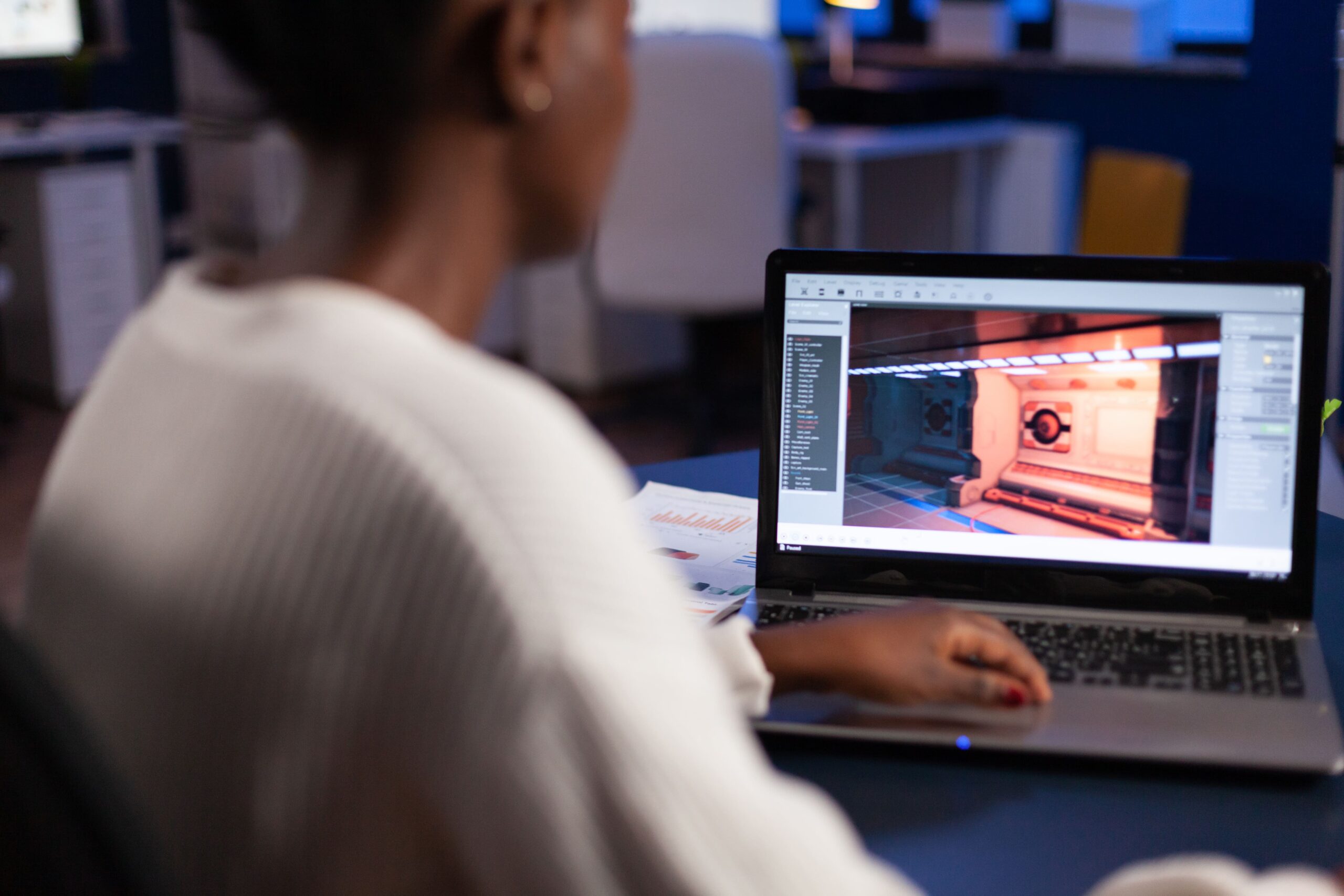Animation has long been recognized as a powerful tool for storytelling, entertainment, and education. However, its impact extends far beyond these realms, playing a crucial role in preserving cultural heritage.
Through the use of animation, historical narratives, traditions, and artifacts can be brought to life in a way that captivates audiences and ensures that these valuable aspects of our collective past are not forgotten.
The Visual Representation of Historical Events and Figures
One of the key ways in which animation contributes to cultural heritage preservation is through the visual representation of historical events and figures. By animating important moments in history, such as battles, revolutions, or significant cultural practices, animators can create engaging and informative content that brings these stories to a new generation of viewers.
This visual medium allows for a level of creativity and storytelling that can make complex historical events more accessible and engaging for audiences of all ages.
Preserving Traditional Cultural Practices through Animation
Additionally, animation can be used to preserve traditional cultural practices and art forms that are at risk of being lost over time. By creating animated depictions of these practices, such as traditional dances, rituals, or crafts, animators can ensure that these important aspects of cultural heritage are documented and shared with future generations.
This not only helps to keep these traditions alive but also raises awareness of their cultural significance and the need for their preservation.
Animation’s Role in Preserving Cultural Artifacts
Furthermore, animation can be a valuable tool for preserving cultural artifacts that may be fragile, rare, or located in inaccessible locations. By creating digital animations or virtual reconstructions of these artifacts, such as ancient artifacts, historical buildings, or archaeological sites, animators can provide researchers, educators, and the general public with a detailed and interactive look at these important pieces of cultural heritage.
This not only helps to protect these artifacts from damage or deterioration but also allows for greater accessibility and understanding of these objects.
Educating Audiences on Cultural Heritage Preservation
In addition to preserving cultural heritage through visual representations, animation can also be used to educate audiences about the importance of preserving and protecting cultural heritage. By creating animated educational materials, such as documentaries, short films, or interactive experiences, animators can raise awareness about the value of cultural heritage, the threats it faces, and the steps that can be taken to safeguard it for future generations.
This educational aspect of animation can help to inspire a sense of responsibility and stewardship towards cultural heritage among viewers of all ages.
Revitalizing Interest in Cultural Heritage
Moreover, animation has the potential to revitalize interest in cultural heritage and attract new audiences to museums, historical sites, and cultural institutions. By incorporating animation into exhibitions, guided tours, or digital experiences, cultural organizations can create engaging and immersive storytelling experiences that appeal to a wider range of visitors.
This innovative use of animation can help to make cultural heritage more accessible, interactive, and relevant to contemporary audiences, fostering a deeper appreciation for the richness and diversity of our shared cultural heritage.
The Multifaceted Contribution of Animation
In conclusion, animation’s contribution to cultural heritage preservation is multifaceted and far-reaching. By harnessing the power of animation to visually represent historical events, preserve traditional practices, document cultural artifacts, educate audiences, and revitalize interest in cultural heritage, animators play a vital role in safeguarding our collective past for future generations.
Through their creative talents and innovative storytelling techniques, animators help to ensure that the stories, traditions, and artifacts that define our cultural heritage are not lost to time but are instead celebrated, preserved, and shared with the world.
Key Takeaways:
- Animation serves as a powerful tool for preserving cultural heritage by visually representing historical events, traditional practices, and cultural artifacts in engaging and informative ways.
- Through animation, historical narratives are brought to life, ensuring that valuable aspects of our collective past are not forgotten and remain accessible to audiences of all ages.
- Animated depictions of traditional cultural practices help in documenting and sharing these important aspects of cultural heritage, raising awareness of their significance and the need for preservation.
- Digital animations and virtual reconstructions of cultural artifacts protect them from damage, provide detailed insights, and enhance accessibility for researchers, educators, and the public.
- Animated educational materials play a crucial role in educating audiences about the importance of preserving cultural heritage and inspire stewardship toward safeguarding it for future generations.
- The innovative use of animation in museums, historical sites, and cultural institutions revitalizes interest in cultural heritage, making it more interactive, accessible, and relevant to contemporary audiences.
Consider taking the NYU Animation Industry Essentials online course and certificate program offered by Yellowbrick to further explore the dynamic world of animation and its significant role in preserving cultural heritage.




